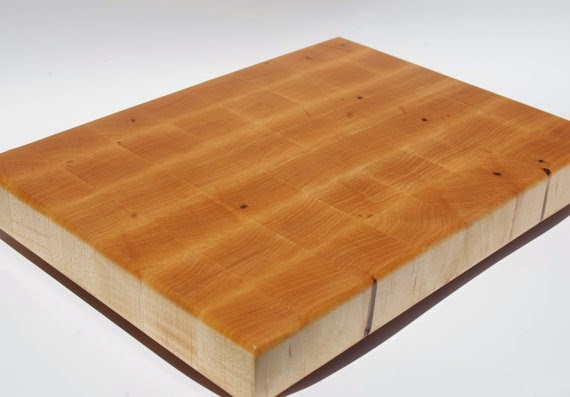It’s hard to believe that it’s been 7 years since my trip to Colombia, and it feels like almost 7 years since I’ve posted. It’s all good though…I’ve been busy living my offline life. It’s been a little over a year since I jumped ship and became my own boss again, which has been fantastic and full of wonderful people and interesting work. I’ve been shuttling people around to volleyball-related things. I injured my knee and recovered (with the assistance of the physical therapists for the Padres…perhaps just a little overkill for my esteemed neighborhood running career). And we just got off of FaceTime with my 3-year-old niece who calls us when she needs to be coached through pooping. I’m so glad she thought of us.
We got some winter beach days in too, which is always nice — I love it when the beaches are pretty empty.
This springy time of year always reminds me of Bogota for some reason, and the delicious soup that we ate at our hosts’ farm, serenaded by peacocks. Ajiaco is a Colombian soup in a delicious broth, with a hearty helping of vegetables. The potatoes they use in Colombia aren’t available here, as far as I can see, but we can get pretty close. Spring is such a hybrid type of season that ajiaco — with its mix of rich broth and fresh ingredients — seems a perfect fit.
AJIACO by Tania Sigal from Fine Cooking
For the soup:
- 3 lb. cut-up chicken, skin removed, rinsed well
- 1 large white onion, peeled and cut into quarters
- 1 leek (white and light green parts only), cut into 1-inch rings, and rinsed thoroughly
- 1 green bell pepper, seeded and cut into 1-inch pieces
- 2 ears fresh corn, cut crosswise into quarters
- 2 ribs celery, cut into 1-inch pieces
- 2 large carrots, peeled and cut into 1-inch pieces
- 3/4 lb. Yukon Gold potatoes, peeled and cut into 1-inch cubes
- 3/4 lb. Idaho potatoes, peeled and cut into 1-inch cubes
- 3/4 lb. small red potatoes, peeled and cut into 1-inch cubes
- 6 cloves garlic, peeled
- 1/2 cup fresh cilantro leaves
- 2 chicken bouillon cubes
- 1 Tbs. kosher salt; more to taste
- 1/2 tsp. ground black pepper
For the aji:
- 4 scallions (white and light green parts only)
- 1 medium tomato, peeled and seeded
- 1 small white onion, peeled
- 2 fresh Scotch bonnet or habanero chiles or 2 fresh hot red chiles, stems and seeds removed (wear gloves, and don’t touch your eyes)
- 3 Tbs. fresh cilantro leaves
- 3 Tbs. white vinegar
- 1/4 tsp. kosher salt
For the garnishes:
- 2 ripe avocados, peeled and cut into 1/2-inch cubes
- 1 cup sour cream or crème fraîche
- 1/2 cup nonpareil or other small capers, rinsed and drained (if using large capers, chop them coarsely)
- 1/2 cup chopped fresh cilantro leaves
Make the soup:
Put the chicken in a large (at least 8-quart) stockpot and add 8 cups water. Bring to a boil over high heat and then reduce the heat to a vigorous simmer. Simmer for 10 minutes, frequently skimming off the foam that floats to the surface.
Add all the vegetables, the garlic, the cilantro, and the bouillon cubes to the pot, along with the salt and pepper. Stir a few times to distribute the vegetables and submerge as many of the solids as possible. When the broth returns to a gentle boil, partially cover the pot and simmer, stirring once or twice, for 1-1/2 hours. Taste for salt and add more if needed.
Using tongs or a slotted spoon, pick out the chicken pieces and put them on a large plate. Stir the soup with a large spoon, breaking up some of the potatoes to thicken the soup slightly. Keep hot if serving soon or let cool and refrigerate.
When the chicken is cool enough to handle, pull the meat off the bones and shred it by hand. Discard the bones and tendons, and put the shredded chicken in a serving bowl.
Make the aji:
In a food processor, pulse all the aji ingredients until they’re finely minced. Transfer to a serving bowl.
Serve the ajiaco:
Put the avocados, sour cream or creme fraiche, capers and cilantro leaves in small bowls and set them on the table along with the bowls of shredded chicken and the aji. Reheat the soup if necessay and ladle it into large soup bowls, putting a quater ear of corn in each bowl. Let your guests add the garnishes and the aji as they like.
Make Ahead Tips
The soup and the aji can be made a day ahead. If the soup is too thick after it’s reheated, thin it with a little water.








 Home
Home